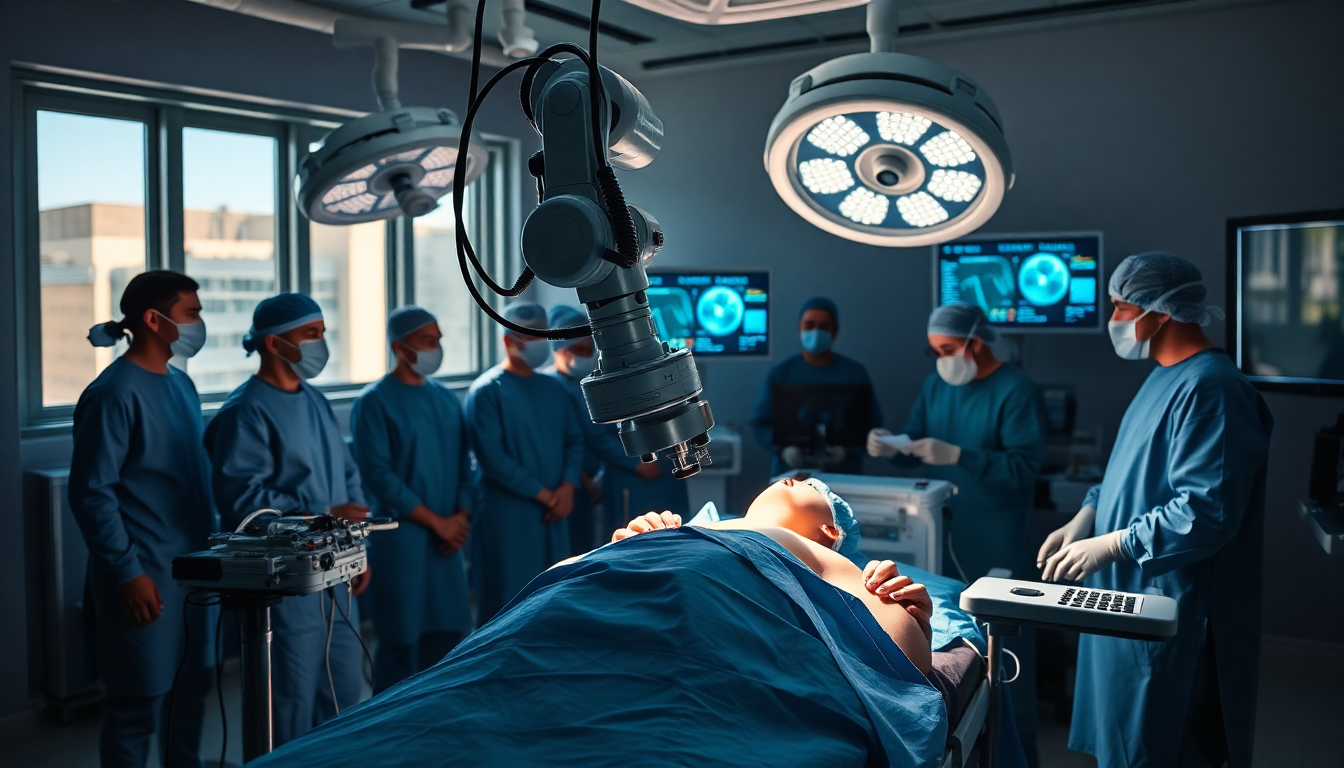Table of Contents
In a jaw-dropping display of medical prowess, surgeons in Shanghai have pulled off the extraordinary feat of saving a patient whose head was nearly severed by a robotic arm. This unprecedented incident not only highlights the potential hazards of advanced robotics but also showcases the incredible resilience of human life when faced with dire medical challenges.
It raises an important question: how far can medical technology go in saving lives?
An Unfortunate Accident
On May 31, tragedy struck when the patient was struck by a robotic arm, resulting in immediate paralysis and even triggering a heart attack.
The situation was dire, worsened by significant blood loss that caused blocked vertebral arteries and dangerously low blood pressure. The medical team had their work cut out for them as they navigated the complexities of the patient’s condition, which included a severed cervical vertebra and extensive damage to critical neurovascular structures.
Can you imagine the pressure on these medical professionals in such a high-stakes environment?
Medical Team’s Response
Guided by Dr. Chen Huajiang, the head of the cervical spine surgery department at Shanghai Changzheng Hospital, the medical team embarked on a daunting surgical journey.
Despite extensive research, they had never encountered a case with such severe cervical vertebra separation where survival was even a possibility. Miraculously, the spinal cord, although suffering serious contusions, remained intact, providing a flicker of hope for the surgical team.
After a careful examination and observing the patient’s vital signs fluctuate precariously, the doctors administered high doses of medication to stabilize circulation and counteract the effects of shock. The surgery, which involved reattaching the severed vertebrae, was a meticulous process demanding precision and expertise, as well as a deep understanding of the complex structures of the cervical spine.
What does it take to perform such intricate surgery under immense pressure?
Outcomes and Future Implications
The successful reattachment of the vertebrae not only saved the patient’s life but also sparked important discussions about the implications of robotic technology in medical settings. As automation continues to weave its way into various industries, incidents like this underscore the urgent need for robust safety protocols and comprehensive training for those operating advanced machinery. How can we ensure that technology enhances safety rather than jeopardizing it?
The medical community is now analyzing the outcomes of such groundbreaking surgeries and exploring the potential for further advancements in surgical techniques that could improve recovery times and patient outcomes. This case has set a new standard for future treatments and holds the promise of refining surgical practices for severe trauma. What innovations might we see in the future as a result of this incident?





